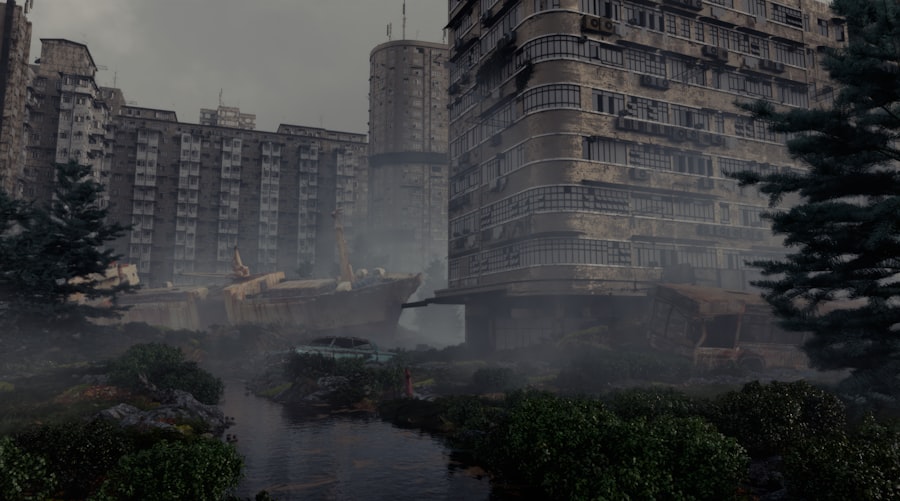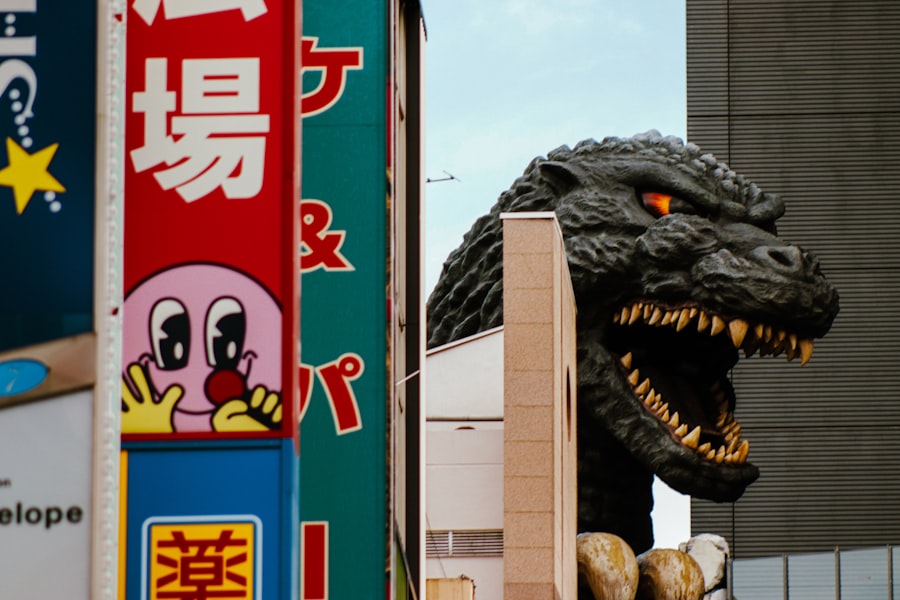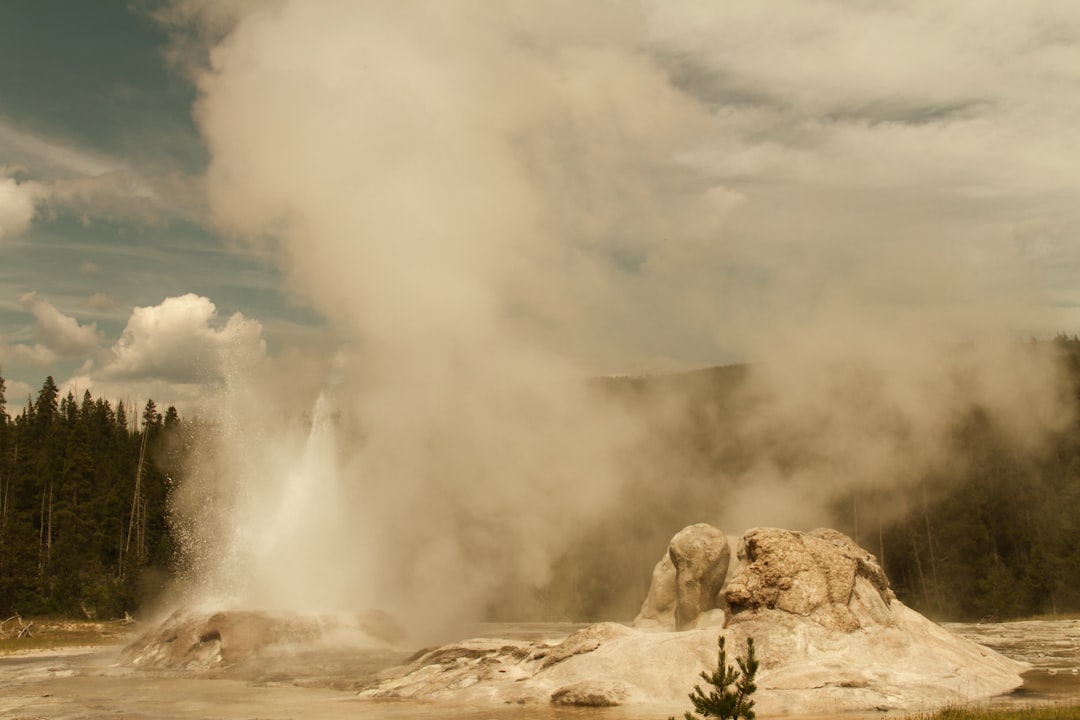The 1970s marked a significant chapter in the Godzilla franchise, a period that saw the iconic monster evolve from a harbinger of destruction into a more complex character. This decade was pivotal, as it not only introduced new films but also redefined the narrative surrounding Godzilla. You may find it fascinating that during this time, the world was undergoing rapid changes, and these shifts were reflected in the themes and storytelling of the Godzilla movies.
The films released in this era, including “Godzilla vs. Hedorah” (1971) and “Godzilla vs. Megalon” (1973), showcased a blend of environmental consciousness and social commentary, making them relevant to contemporary audiences.
As you delve into the 1970 Godzilla movies, you will discover that they were not merely monster flicks; they were cultural artifacts that mirrored societal anxieties and aspirations. The films were produced during a time when Japan was grappling with issues such as pollution, technological advancement, and the consequences of war. This context enriched the narratives, allowing you to appreciate how Godzilla transformed from a symbol of nuclear devastation to a guardian figure battling against various threats.
The 1970s set the stage for a new era of storytelling that would resonate with audiences for decades to come.
Key Takeaways
- The 1970 Godzilla movies marked a shift in the character’s portrayal, moving away from its original menacing nature to a more heroic and defender of Earth persona.
- The impact of the 1970 Godzilla movies on pop culture was significant, with the character becoming a symbol of resilience and hope in the face of adversity.
- The special effects and cinematography of the 1970 Godzilla movies were groundbreaking for their time, showcasing innovative techniques that set a new standard for monster movies.
- The themes and messages portrayed in the 1970 Godzilla movies revolved around environmentalism, nuclear warfare, and the consequences of human actions on the planet.
- The legacy of the 1970 Godzilla movies in the franchise is undeniable, as they paved the way for future iterations and solidified Godzilla’s status as a cultural icon.
The Evolution of Godzilla’s Character in the 1970s
In the 1970s, Godzilla’s character underwent a remarkable transformation. Initially conceived as a terrifying force of nature, he began to embody more nuanced traits, reflecting the changing attitudes of society. You might notice that in films like “Godzilla vs.
Hedorah,” Godzilla is portrayed not just as a monster but as a reluctant hero fighting against pollution and environmental degradation. This shift indicates a growing awareness of ecological issues, allowing you to see Godzilla as a protector of Earth rather than merely a destructive entity. Moreover, the films of this decade introduced a lighter tone, particularly in “Godzilla vs.
Megalon,” where Godzilla teams up with Jet Jaguar to combat the villainous Megalon. This collaboration showcases Godzilla’s role as a hero, appealing to younger audiences while still retaining his monstrous roots. You can appreciate how this evolution reflects broader cultural shifts, as audiences began to embrace stories that highlighted teamwork and camaraderie over sheer destruction.
The 1970s thus marked a pivotal moment in Godzilla’s character arc, allowing you to witness his growth from a symbol of fear to one of hope.
The Impact of the 1970 Godzilla Movies on Pop Culture

The 1970 Godzilla movies left an indelible mark on pop culture, influencing not only cinema but also music, fashion, and even art. As you explore this impact, you’ll find that these films helped solidify Godzilla’s status as a cultural icon. The catchy theme music and memorable sound effects became synonymous with the franchise, embedding themselves in the collective consciousness of audiences worldwide.
You may even find yourself humming the iconic Godzilla theme long after watching the films. Additionally, the 1970s saw an increase in merchandise related to Godzilla, from toys to clothing, further embedding the character into everyday life. This commercialization was not just about profit; it reflected a genuine affection for the character and his stories.
You can see how Godzilla became a symbol of resilience and strength, resonating with fans across generations. The films inspired countless parodies and homages in various media, showcasing their lasting influence on popular culture and solidifying Godzilla’s place in cinematic history.
Exploring the Special Effects and Cinematography of the 1970 Godzilla Movies
| Movie | Special Effects | Cinematography |
|---|---|---|
| Godzilla vs. Hedorah (1971) | Innovative use of animation and psychedelic visuals | Experimental camera work and lighting |
| Godzilla vs. Gigan (1972) | Intense battle sequences with detailed miniatures | Dynamic framing and use of color |
| Godzilla vs. Megalon (1973) | Exciting monster fights with pyrotechnics | Creative use of angles and perspectives |
One of the most captivating aspects of the 1970 Godzilla movies is their innovative use of special effects and cinematography. As you watch these films, you’ll be struck by the creativity involved in bringing Godzilla and his adversaries to life. The practical effects used during this era were groundbreaking for their time, employing techniques such as suitmation and miniatures to create epic battles that captivated audiences.
You might find it fascinating how filmmakers utilized these methods to convey scale and destruction, often with limited resources. The cinematography in these films also played a crucial role in shaping their visual narrative. You may notice how camera angles and framing were employed to enhance the drama of each scene, making you feel as if you were right in the midst of the action.
The use of vibrant colors and dynamic compositions added an artistic flair that elevated the storytelling experience. As you explore these elements, you’ll gain a deeper appreciation for the craftsmanship behind the scenes, recognizing how they contributed to the enduring appeal of the Godzilla franchise.
The Themes and Messages Portrayed in the 1970 Godzilla Movies
The 1970 Godzilla movies are rich with themes and messages that resonate with audiences on multiple levels. One prominent theme is environmentalism, particularly evident in “Godzilla vs. Hedorah.” In this film, Godzilla battles a creature born from pollution, serving as a metaphor for humanity’s neglect of nature.
As you watch, you may find yourself reflecting on contemporary environmental issues and considering your own role in protecting the planet. This thematic depth adds layers to what might initially seem like simple monster movies. Another significant theme is the exploration of technology and its consequences.
Films like “Godzilla vs. Megalon” highlight humanity’s reliance on technology while cautioning against its potential dangers. You might recognize parallels between these narratives and modern concerns about technological advancements and their impact on society.
By weaving these themes into their stories, the 1970 Godzilla movies invite you to engage with pressing issues while enjoying thrilling monster battles.
The Legacy of the 1970 Godzilla Movies in the Godzilla Franchise

The Groundwork for Future Iterations
These films laid the groundwork for future iterations of Godzilla, introducing elements that would become staples in later productions. The blend of humor, environmental themes, and heroic portrayals established a template that filmmakers would revisit time and again.
Godzilla Goes Global
Moreover, these movies helped expand Godzilla’s reach beyond Japan, introducing him to international audiences who embraced his unique charm. You may find it interesting how this global appeal contributed to collaborations between Japanese filmmakers and Hollywood studios in later years.
A Bridge to Modern Interpretations
The 1970s served as a bridge between traditional kaiju films and modern interpretations, ensuring that Godzilla remained relevant in an ever-evolving cinematic landscape.
Behind the Scenes: Production and Reception of the 1970 Godzilla Movies
Behind every great film lies a story of creativity and collaboration, and the production of the 1970 Godzilla movies is no exception. As you delve into this behind-the-scenes journey, you’ll discover that many talented individuals contributed to bringing these films to life. Directors like Yoshimitsu Banno and Jun Fukuda played pivotal roles in shaping the narratives and visual styles that defined this era.
Their unique visions allowed for experimentation with storytelling techniques that would resonate with audiences. The reception of these films varied widely upon release, with some critics praising their innovative approach while others dismissed them as mere entertainment. However, over time, you may find that public perception shifted as audiences began to appreciate the deeper messages embedded within these stories.
The films became cult classics, celebrated for their creativity and cultural significance. This evolution in reception highlights how art can transcend initial judgments and find its place in history.
Comparing the 1970 Godzilla Movies to Other Godzilla Films
When comparing the 1970 Godzilla movies to other entries in the franchise, you’ll notice distinct differences in tone, style, and thematic focus. The earlier films often leaned heavily into horror and destruction, reflecting post-war anxieties about nuclear power and its consequences. In contrast, the 1970s introduced a more playful approach while still addressing serious issues like environmentalism and technology’s impact on society.
You might also observe how later films returned to darker themes or reimagined Godzilla as an anti-hero or even a tragic figure. This evolution showcases the franchise’s ability to adapt to changing cultural landscapes while maintaining its core identity. By examining these differences, you can appreciate how each era contributes uniquely to Godzilla’s legacy, ensuring that he remains an enduring symbol of both fear and hope for generations to come.
In conclusion, exploring the 1970 Godzilla movies reveals a rich tapestry of storytelling that reflects societal changes while entertaining audiences worldwide. From character evolution to thematic depth, these films have left an indelible mark on pop culture and continue to inspire new generations of fans. As you engage with this era of Godzilla cinema, you’ll find yourself not only entertained but also enriched by its messages and artistry—an experience that transcends time and resonates deeply within you.
